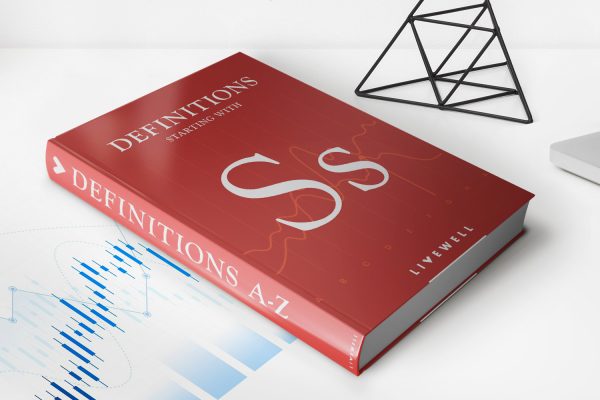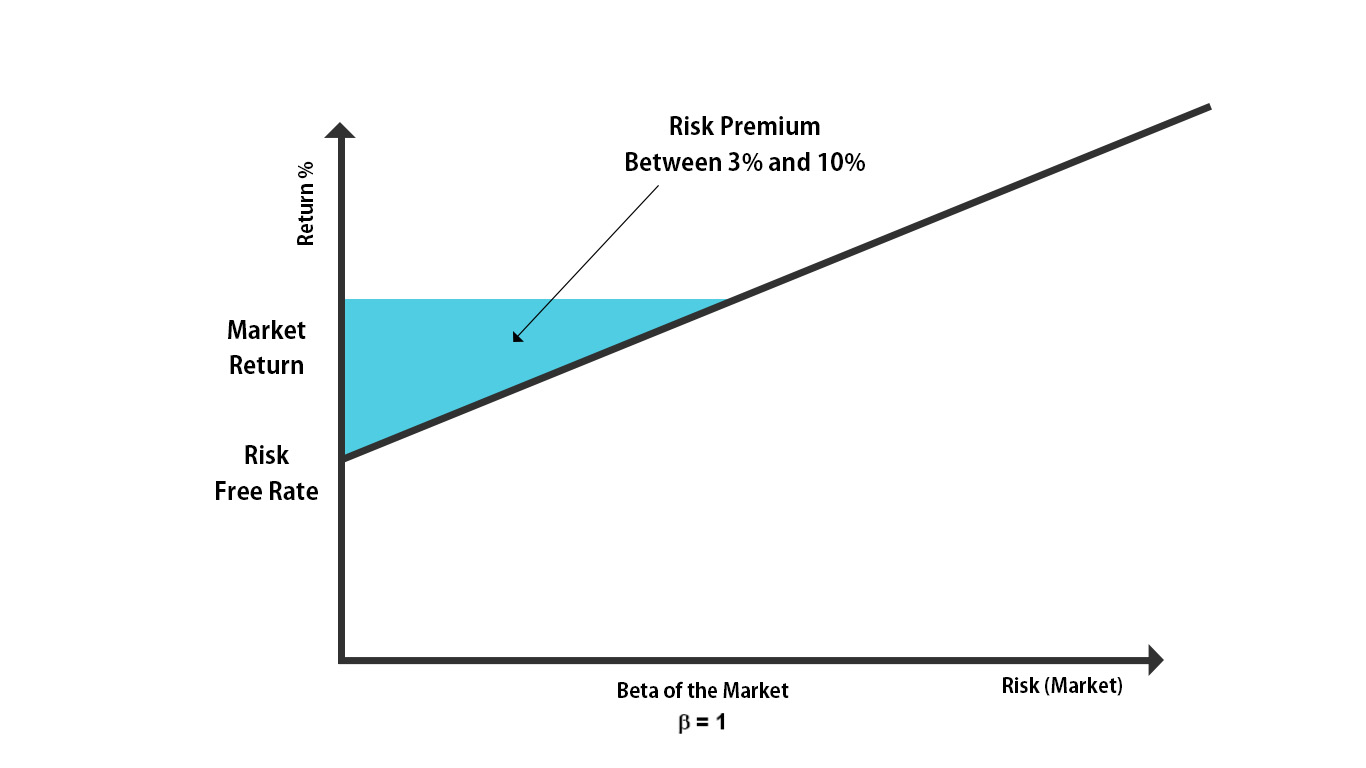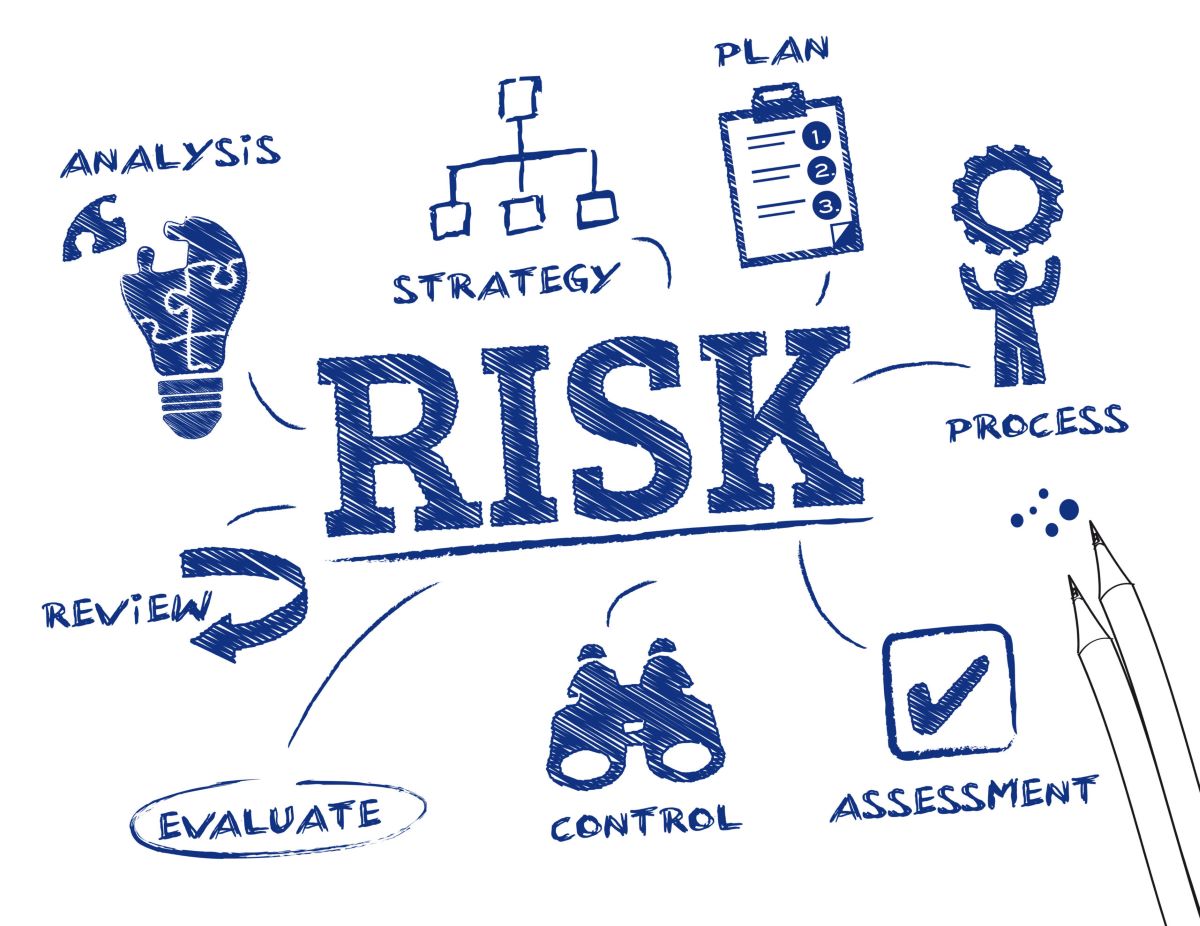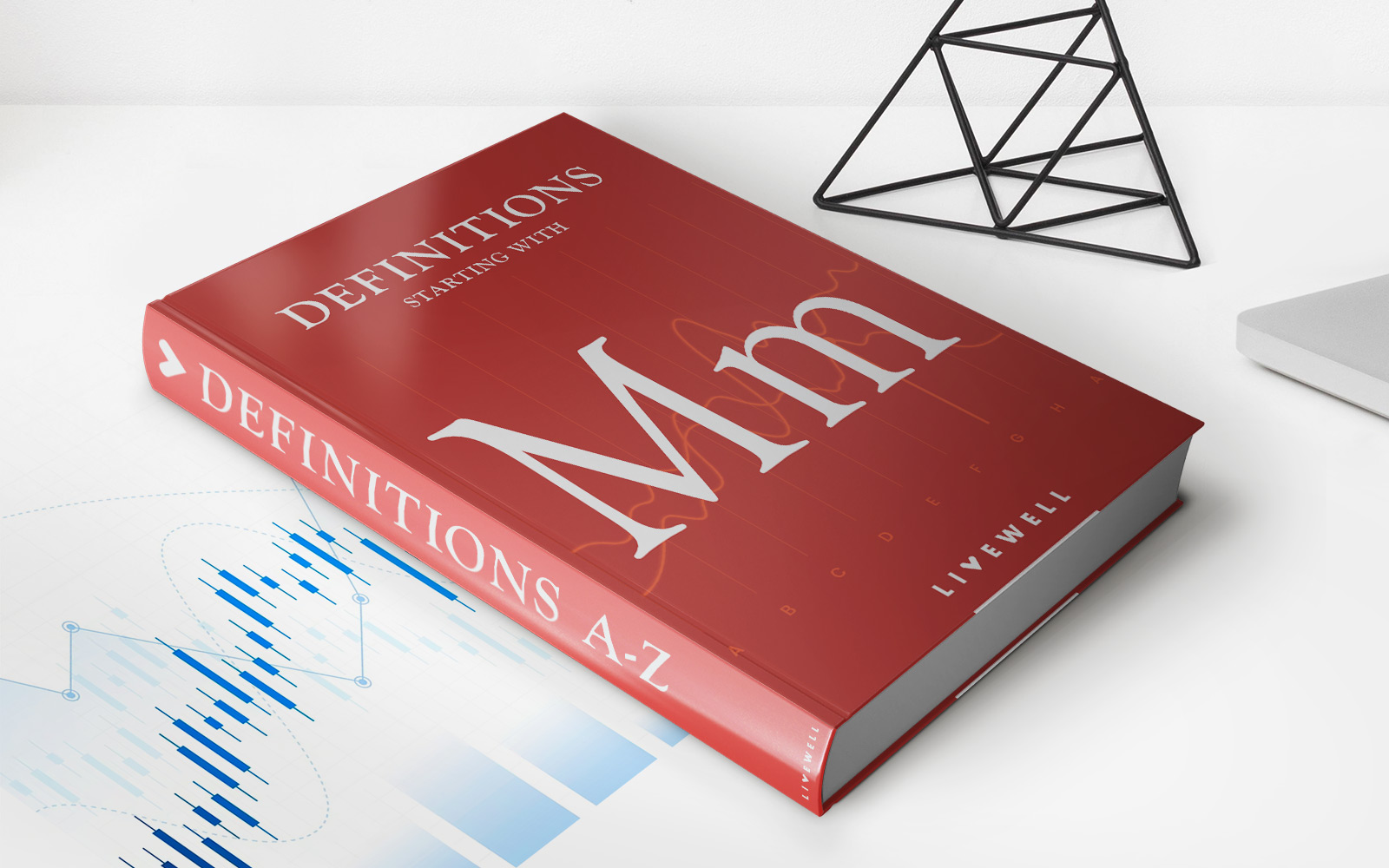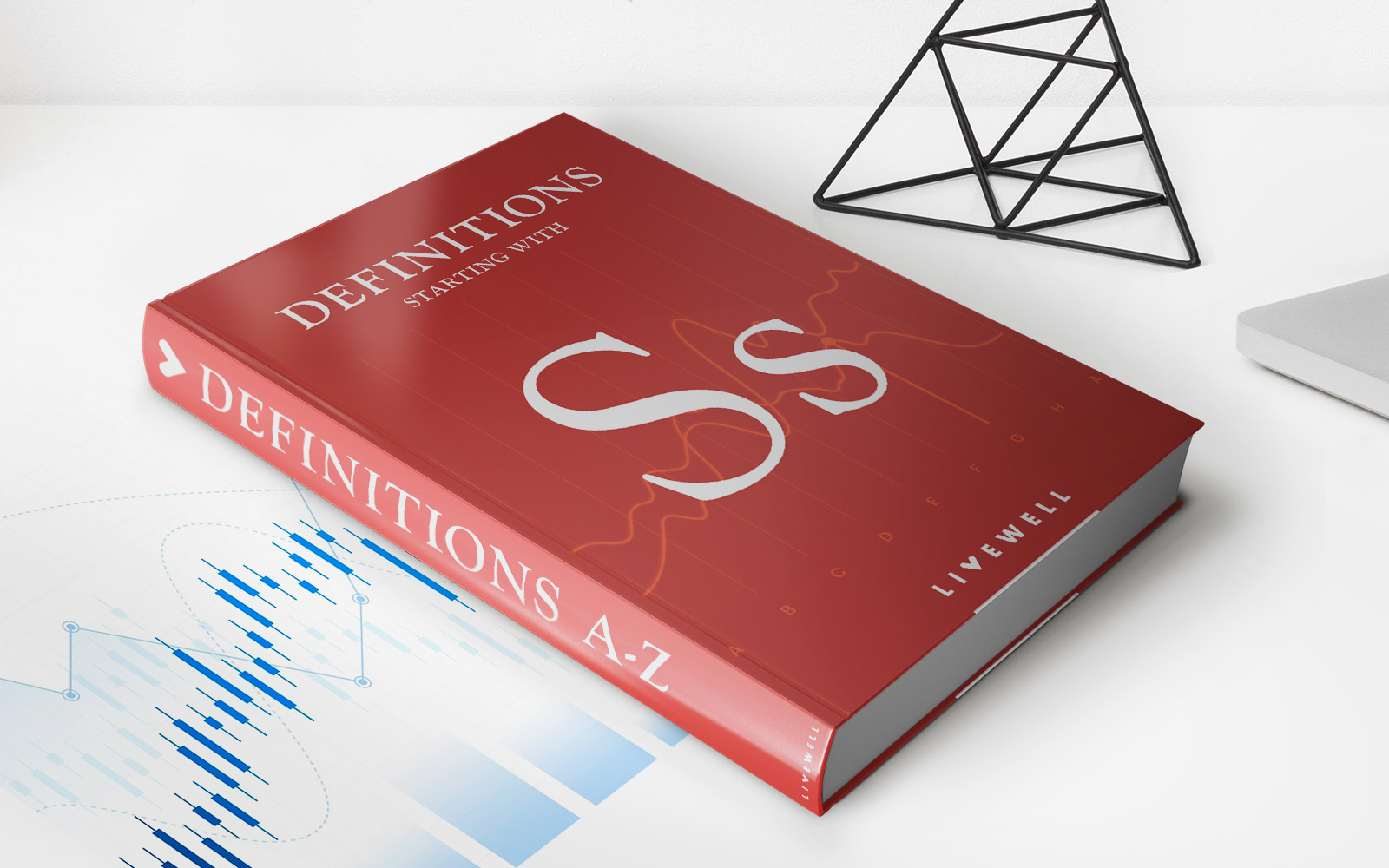

Finance
What Is A Pure Risk In Insurance?
Modified: February 21, 2024
Learn all about pure risk in insurance and its implications on finance. Understand the nature and potential consequences of pure risk to make informed financial decisions.
(Many of the links in this article redirect to a specific reviewed product. Your purchase of these products through affiliate links helps to generate commission for LiveWell, at no extra cost. Learn more)
Table of Contents
Introduction
Welcome to the world of insurance! When it comes to protecting ourselves, our assets, and our loved ones, insurance plays a vital role. In the realm of insurance, one term that often comes up is “pure risk”. But what exactly does it mean? In this article, we will dive deep into the concept of pure risk in insurance and explore its significance and management strategies.
Pure risk, also known as absolute risk, is a type of risk that only has a possibility of loss or no loss at all. It is a situation where there is no opportunity for gain or profit. In other words, it is the risk of something negative happening, such as accidents, natural disasters, illness, or death. Pure risk is an essential concept in insurance because it is the type of risk that insurers specialize in mitigating.
Unlike speculative risk, which involves the possibility of gain or loss, pure risk focuses solely on the potential for loss. Imagine a scenario where you have insured your house against fire. In this case, the pure risk is the risk of your house catching fire and suffering significant damage. If a fire breaks out, you experience a loss, and the insurance company compensates you for the damages.
Characteristics of pure risk:
- Objective Risk: Pure risk is a measurable and quantifiable risk that can be estimated based on historical data and statistical analysis. This allows insurers to assess the potential for loss and determine appropriate insurance premiums.
- Uncontrollable Risk: Pure risk is considered uncontrollable as it is often caused by external factors beyond an individual’s control, such as natural disasters, accidents, or illnesses.
- Insurable Risk: Pure risks are typically insurable, meaning insurance companies are willing to offer coverage against these risks in exchange for a premium payment.
- Predictable Frequency: Pure risks tend to occur with some regularity, allowing insurers to assess the likelihood and frequency of such events, which helps in determining insurance rates.
- Catastrophic Potential: Pure risks often have the potential to result in significant financial losses or even complete devastation. This is where insurance plays a crucial role in providing financial protection and peace of mind.
Now that we understand the definition and characteristics of pure risk, let’s explore some examples of pure risk in insurance to gain a better understanding of how it applies in real-life situations.
Definition of Pure Risk
Pure risk refers to a type of risk that involves only the possibility of loss or no loss at all, with no potential for gain or profit. It is a fundamental concept in the field of insurance, as insurance companies specialize in providing coverage against such risks. Pure risks are typically unpredictable, uncontrollable, and have the potential for catastrophic consequences.
In the context of insurance, pure risks encompass a wide range of potential events or circumstances that can lead to financial losses. These risks can include natural disasters like earthquakes, floods, or hurricanes, accidents such as car crashes or workplace injuries, and health issues like illness or disability. Essentially, pure risks encompass any situation where there is a chance of negative outcomes or losses occurring.
One key characteristic of pure risk is that it is objective and can be assessed and quantified using historical data and statistical analysis. Insurance companies rely on actuarial techniques to determine the likelihood and severity of pure risks, which helps in setting insurance premiums for policyholders. By analyzing past occurrences of pure risks, insurance companies can estimate the probability of similar events happening in the future and calculate the potential financial impact.
Another important aspect of pure risk is that it is typically uncontrollable by individuals or organizations. These risks often stem from external factors or events that are beyond a person’s control. For example, a homeowner cannot control when or if a natural disaster such as a wildfire or a tornado will strike their property. Similarly, an individual cannot control the occurrence of an unexpected illness or the potential for an accident.
Furthermore, pure risks are considered to be insurable risks. This means that insurance companies are willing to offer coverage against these risks in exchange for a premium payment. By pooling together the premiums collected from many policyholders, insurance companies can spread the financial risk associated with pure risks and provide compensation in the event of a loss.
Overall, pure risk represents the potential for negative outcomes and losses without any possibility for profit. Understanding pure risk is crucial for individuals and businesses alike, as it allows them to identify potential risks, make informed decisions about insurance coverage, and take appropriate measures to manage and mitigate these risks.
Characteristics of Pure Risk
Pure risk, also known as absolute risk, possesses several distinct characteristics that set it apart from other types of risks. Understanding these characteristics is essential for individuals and businesses seeking to manage and mitigate pure risks effectively.
- Objective Risk: Pure risk is an objective risk that can be quantified and measured using historical data and statistical analysis. This allows insurance companies to assess the potential for loss and determine appropriate insurance premiums. By analyzing past occurrences of pure risks, insurers can estimate the probability of similar events happening in the future and calculate the potential financial impact.
- Uncontrollable Risk: Pure risks are often uncontrollable because they are caused by external factors beyond an individual or organization’s control. For example, natural disasters like earthquakes or floods, accidents, or health issues are events that cannot be prevented or completely eliminated. As a result, the focus shifts to managing the potential consequences and securing appropriate insurance coverage.
- Insurable Risk: Pure risks are typically insurable risks. Insurance companies specialize in offering coverage against these risks in exchange for a premium payment. By pooling together the premiums collected from many policyholders, insurance companies effectively spread the financial risk associated with pure risks and provide compensation in the event of a loss. Insurable pure risks include property damage, liability claims, illness, disability, and even loss of life.
- Predictable Frequency: Pure risks tend to occur with some degree of predictability. While the exact timing and severity of these risks may be uncertain, insurers can analyze historical data and statistical models to estimate the likelihood and frequency of certain events. This predictive aspect enables insurers to determine insurance rates and helps individuals and businesses make informed decisions regarding their insurance needs.
- Catastrophic Potential: Pure risks often have the potential to result in significant financial losses or even complete devastation. Natural disasters, major accidents, or severe illnesses can lead to substantial damages or medical expenses. This catastrophic potential underscores the importance of insurance coverage to protect against such risks and provide financial security in times of adversity.
Understanding these characteristics of pure risk is crucial for individuals and businesses in their risk management efforts. By recognizing the quantifiable nature of pure risk, the uncontrollable aspect, and the insurable potential, individuals and businesses can make informed decisions regarding their insurance needs. Additionally, considering the predictable frequency and catastrophic potential of pure risks allows for proactive risk management strategies, such as implementing preventive measures, creating emergency plans, and ensuring adequate insurance coverage.
Now that we have explored the characteristics of pure risk, let us examine some practical examples of pure risk in the context of insurance.
Examples of Pure Risk in Insurance
Pure risk is ubiquitous in our daily lives, and insurance serves as a crucial tool for managing and mitigating these risks. Let’s explore some common examples of pure risk in insurance to gain a better understanding of how it applies in real-life situations.
- Property Damage: One prevalent example of pure risk is the risk of property damage due to events such as fires, storms, or vandalism. Homeowners and property owners face the constant possibility of their properties being damaged or destroyed. Insurance coverage, such as homeowners’ insurance or property insurance policies, provide financial protection and compensate for the damages in case of such events.
- Liability Claims: Pure risk also encompasses the risk of liability claims, where individuals or businesses may face legal action and financial repercussions due to accidents or injuries caused to others. For instance, a slip and fall accident on someone’s property or a car accident resulting in injuries can lead to liability claims. Liability insurance policies help cover legal expenses and provide compensation in such cases.
- Health and Disability: Health-related issues can pose significant risks to individuals and families. The risk of unexpected illnesses, disabilities, or accidents leading to medical expenses and loss of income is an example of pure risk. Health insurance and disability insurance policies help individuals manage the financial burden associated with these risks by covering medical costs and providing income replacement during periods of disability or illness.
- Life Insurance: The risk of premature death is another example of pure risk. Life insurance provides financial support to beneficiaries in the unfortunate event of the insured person’s death. It ensures that the surviving family members are protected from the financial impact that may arise from the loss of income or outstanding debts.
- Natural Disasters: Natural disasters such as earthquakes, hurricanes, floods, or wildfires present significant pure risks to individuals and communities. These catastrophic events can cause extensive property damage and disrupt lives. Insurance coverage like earthquake insurance, flood insurance, or comprehensive homeowners’ insurance helps individuals and businesses recover and rebuild after such events.
These examples illustrate how pure risks exist in various aspects of our lives, and insurance plays a vital role in managing and mitigating these risks. By transferring the financial burden of potential losses to insurance companies, individuals and businesses are able to protect their assets, finances, and well-being in the face of pure risks.
Now that we have examined some examples of pure risk, let’s delve into the importance of managing pure risk effectively.
Importance of Managing Pure Risk
Effectively managing pure risk is crucial for individuals, businesses, and society as a whole. It allows us to protect our assets, financial well-being, and overall quality of life. Let’s explore why managing pure risk is of utmost importance:
- Financial Protection: Pure risks have the potential to cause significant financial losses, which can be devastating to individuals and businesses. By managing pure risk through insurance, such as property insurance, liability insurance, or health insurance, individuals and businesses can transfer the financial burden of potential losses to insurance companies. This provides a safety net and ensures financial protection in case of unexpected events or disasters.
- Peace of Mind: Managing pure risk brings peace of mind, knowing that there is a plan in place to handle potential risks. Insurance coverage provides a sense of security, alleviating concerns about potential financial hardships that may arise from the occurrence of pure risks. This peace of mind allows individuals and businesses to focus on their daily activities without constant worry about unexpected events.
- Stability and Resilience: Effective risk management enhances stability and resilience in the face of pure risks. By identifying potential risks and implementing appropriate measures, individuals and businesses can better withstand and recover from adverse events. Adequate insurance coverage allows for faster recovery and minimizes the disruption caused by pure risks, ensuring a smoother path towards resuming normal operations.
- Compliance and Legal Requirements: In many cases, managing pure risk through insurance is not just a matter of choice but also a legal requirement. Various laws and regulations mandate insurance coverage for certain activities, such as auto insurance for drivers or workers’ compensation insurance for employers. Compliance with these legal requirements is essential to avoid penalties and to ensure responsible risk management.
- Protection of Assets and Investments: For businesses, managing pure risk is crucial to protect their assets and investments. Whether it’s protecting physical assets like property and equipment, safeguarding intellectual property, or ensuring business continuity in the event of a disaster, managing pure risk through insurance and other risk mitigation strategies is vital for long-term success and sustainability.
- Social and Economic Stability: Effective management of pure risk contributes to social and economic stability. When individuals and businesses are adequately protected against potential losses, the overall impact of pure risks on society and the economy is minimized. By providing financial assistance and stability in times of need, insurance coverage helps individuals and businesses maintain their livelihoods and continue contributing to the economy.
By understanding the importance of managing pure risk, individuals and businesses can make informed decisions about the types of insurance coverage they need and implement appropriate risk management strategies. Taking proactive steps towards managing pure risk enhances overall resilience and safeguards against potential financial hardships, offering peace of mind and stability in an unpredictable world.
Now that we have explored the importance of managing pure risk, let’s examine some strategies for effectively managing and mitigating pure risk.
Strategies for Managing Pure Risk
Managing pure risk effectively requires a combination of proactive measures and risk transfer techniques. Here are some strategies for managing and mitigating pure risk:
- Insurance Coverage: One of the most common and effective ways to manage pure risk is through insurance coverage. By purchasing insurance policies that align with specific risks, individuals and businesses can transfer the financial burden of potential losses to insurance companies. Whether it’s property insurance, liability insurance, health insurance, or other types of coverage, having appropriate insurance policies in place provides a safety net and offers financial protection in case of unexpected events.
- Risk Assessment and Identification: Conducting a thorough risk assessment is crucial for identifying and understanding potential pure risks. This involves analyzing the specific risks faced by individuals or businesses and assessing their potential impact. By identifying the various pure risks, individuals and businesses can develop risk management strategies tailored to address those specific risks.
- Risk Prevention and Mitigation: Implementing preventive measures is an important step in managing pure risk. This can include safety protocols, security systems, regular maintenance, and other precautionary actions to reduce the likelihood and severity of potential losses. By taking proactive steps to prevent or mitigate pure risks, individuals and businesses can minimize the probability of adverse events occurring in the first place.
- Diversification: Diversification is a risk management strategy that involves spreading investments and assets across different areas or industries. By diversifying, individuals and businesses reduce their exposure to the risks associated with a single investment or activity. This strategy helps mitigate the potential impact of a specific pure risk and provides a level of protection in case of an adverse event affecting one area.
- Contingency Planning: Developing contingency plans is essential for managing pure risk. This involves creating emergency response plans or business continuity plans to minimize the disruption caused by unexpected events. By having contingency plans in place, individuals and businesses can act swiftly and effectively when faced with a pure risk, reducing the potential negative consequences.
- Contractual Agreements: Contracts and legal agreements can serve as risk management tools by clearly defining the responsibilities and liabilities of different parties. Contractual agreements, such as liability waivers, indemnification clauses, or insurance requirements in contracts, help allocate and transfer pure risks among involved parties. This strategy ensures that potential losses are appropriately distributed and accounted for.
It is important to note that managing pure risk is not a one-size-fits-all approach. The specific strategies and techniques used will depend on the nature of the risks faced by individuals or businesses and their risk tolerance. It is advisable to seek professional advice from insurance experts, risk management consultants, or financial advisors to develop a comprehensive risk management plan tailored to specific needs and circumstances.
By implementing these strategies, individuals and businesses can effectively manage and mitigate pure risks, ensuring the protection of assets, financial stability, and overall well-being in the face of potential losses.
Now that we have explored the strategies for managing pure risk, let’s summarize our findings.
Conclusion
Managing pure risk is a crucial aspect of protecting ourselves, our assets, and our financial well-being. Pure risk refers to the possibility of loss without the opportunity for gain, and it encompasses a wide range of potential events such as accidents, natural disasters, illnesses, and other unforeseen circumstances. Understanding and effectively managing pure risk is essential for individuals, businesses, and society as a whole.
Through insurance coverage, individuals and businesses can transfer the financial burden of potential losses to insurance companies, providing a safety net and ensuring financial protection in the face of unexpected events. Insurance policies tailored to specific risks, such as property insurance, liability insurance, health insurance, and life insurance, offer stability and peace of mind, mitigating the potential financial impact of pure risks.
Additionally, proactive measures such as risk assessment, risk prevention, diversification, contingency planning, and the use of contractual agreements can help manage and mitigate pure risk. By identifying potential risks, implementing preventive measures, developing contingency plans, and spreading investments or liabilities, individuals and businesses can proactively manage pure risks and ensure their financial well-being.
The effective management of pure risk not only provides financial protection but also contributes to social and economic stability. It gives individuals and businesses the confidence to pursue their goals and activities without constant worry about potential losses or disruptions.
While managing pure risk requires careful consideration and decision-making, seeking advice from insurance experts or risk management consultants can provide valuable insights and guidance in developing a comprehensive risk management plan.
In conclusion, understanding the concept of pure risk and implementing strategies to manage and mitigate it is crucial for individuals, businesses, and society as a whole. By effectively managing pure risk, we can protect our assets, financial stability, and overall quality of life, ensuring resilience in the face of uncertainties and unexpected events.




